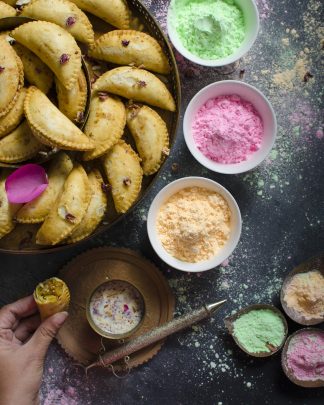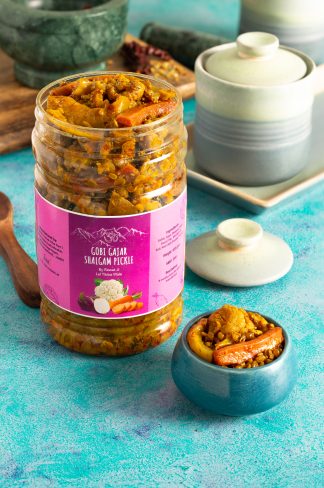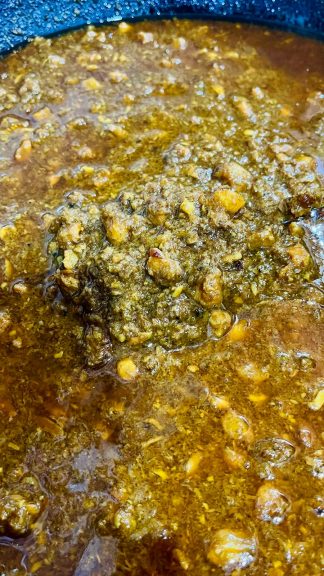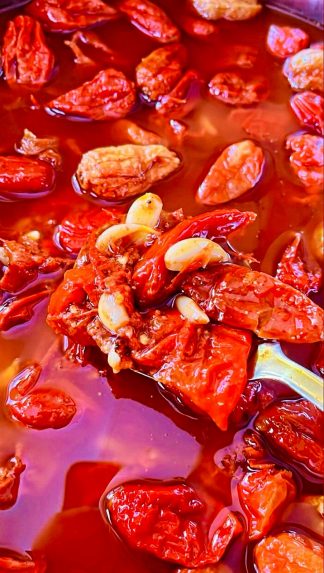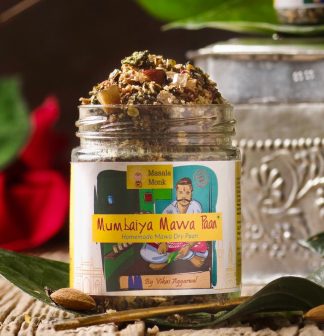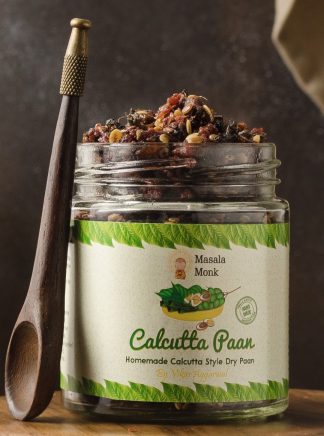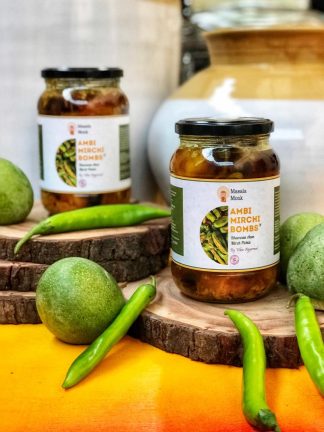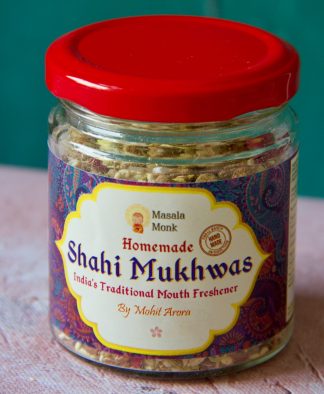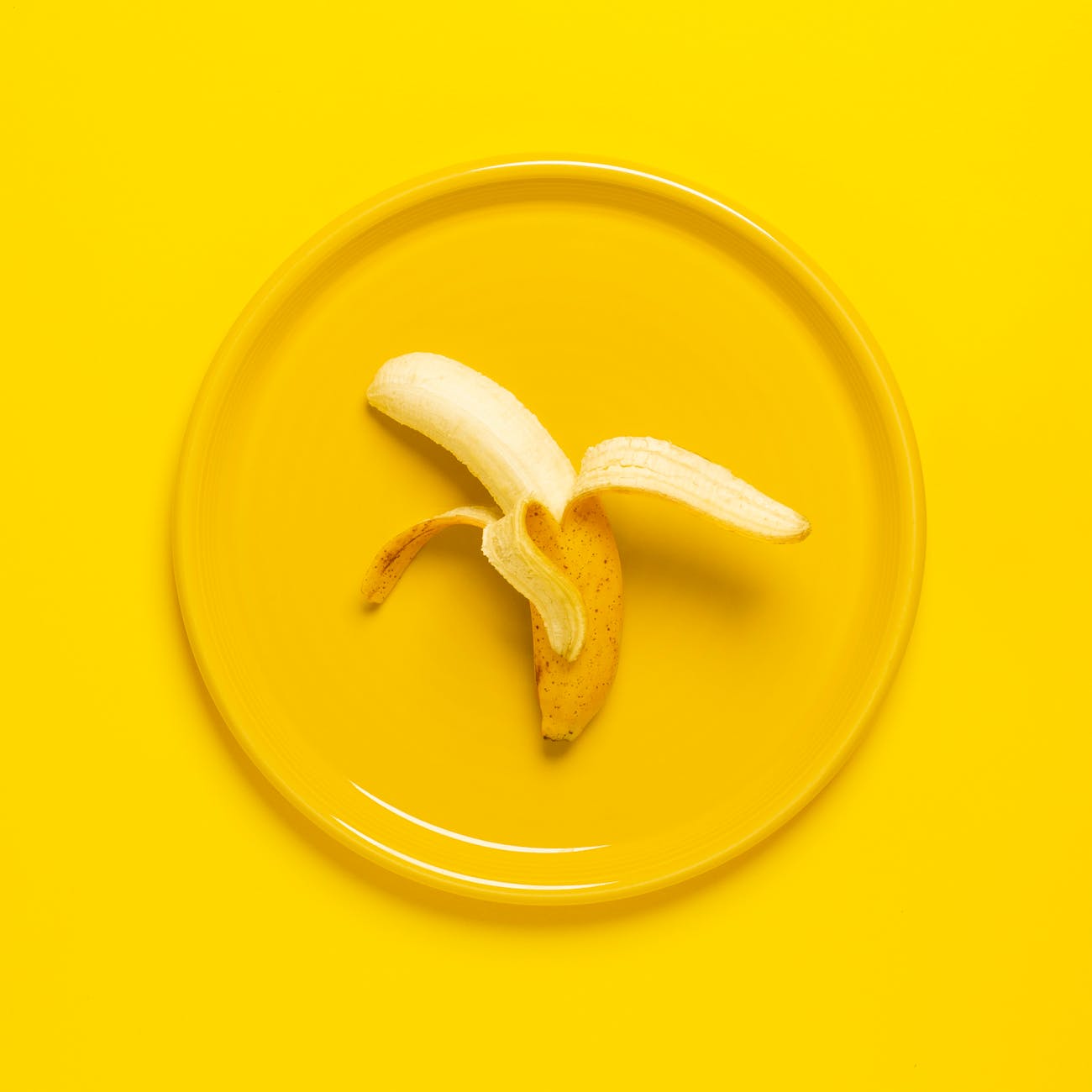
Introduction
Bananas: they’re sweet, they’re convenient, and they’re wrapped in their own biodegradable packaging. But if you’re juggling diabetes, you might look at this tropical treat with a mix of longing and uncertainty. Can you still enjoy bananas without upsetting your blood sugar balance? Absolutely! Here are five golden rules to relish bananas without any guilt.
Rule 1: Size Matters – Choose Wisely
- Watch the Size: A medium-sized banana is your best bet. It contains about 27g of carbs – a manageable amount for most diabetic diets.
- The Green Light: Slightly green bananas have less sugar than their fully ripe counterparts. They rank lower on the Glycemic Index, making them a smarter choice.
Rule 2: Timing is Key – When to Eat
- Post-Meal Magic: Enjoy bananas as a post-meal snack rather than on an empty stomach. This helps prevent blood sugar spikes.
- Workout Buddy: Post-exercise is another great time for a banana. It helps replenish energy without skyrocketing your sugar levels.
Rule 3: Pair it Right – Complement with Protein or Fat
- Balance with Nuts: Pair your banana with a handful of nuts. The protein and healthy fats slow down the absorption of sugar.
- Yogurt Combo: Try banana slices with Greek yogurt for a balanced snack.
Rule 4: Moderation – Less is More
- Half at a Time: Sometimes, half a banana is enough. Save the other half for later or the next day.
- Mindful Eating: Enjoy every bite, knowing you’re controlling your portion.
Rule 5: Monitor and Adapt
- Blood Sugar Checks: Monitor your blood sugar levels after eating bananas, especially if you’re trying them out for the first time.
- Adjust Accordingly: Everyone’s body reacts differently. Use your blood sugar readings to decide the right banana portion for you.
Conclusion
Bananas don’t have to be a forbidden fruit in your diabetic diet. By following these simple yet effective rules, you can enjoy this nutritious and delicious fruit without the worry. Remember, it’s all about the right size, timing, combinations, moderation, and personal adaptation. So go ahead, peel open a banana, and savor its sweetness the smart way!

